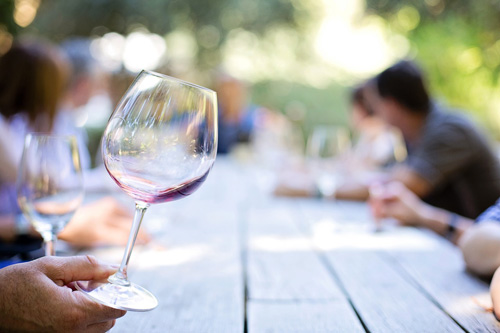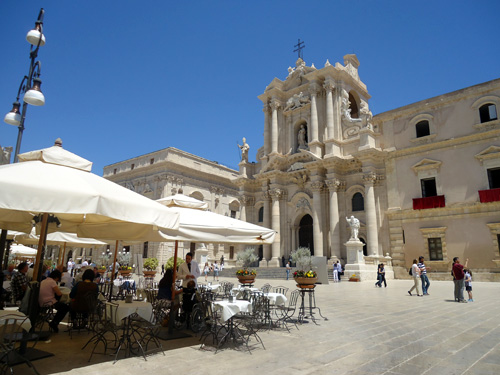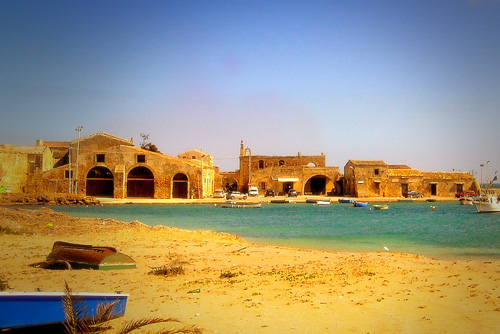 “Welcome to the land of Nero d’Avola, lemon and almond. The land that turns the sun’s rays in aromas and flavors. ”
“Welcome to the land of Nero d’Avola, lemon and almond. The land that turns the sun’s rays in aromas and flavors. ”
Avola stretches along the coast, in the territory south of Siracusa, along one of the oldest routes Greeks of Sicily: the way Elorina. The area where is located is a great container of cultural and environmental heritage and of them Avola is the “door”. From the big Piazza Umberto I°, Piazza Maggiore of centre hexagonal historic, begin the “streets” Baroque and leads to the spectacular nature reserve of Cava Grande del Cassibile and Vendicari.
The flat site of the town of Avola is placed in an extraordinary landscape as between the Ionian Sea and the mountains Iblei, in a coast with beaches of warm golden sand, and air cool. This microclimate allowed the cultivation of sugar cane, vines, almond and lemon whose fruits continue, even today, to provide high excellence. Avola has joined its name to agricultural products of world renown such as almond or “Pizzuta of Avola”, the wine called “Nero d’Avola” and the lemon “Femminello Syracuse.” The Almond Avola, with perfect oval, as Leonardo Sciascia wrote, and Nero d’Avola, are famous worldwide for their distinctive flavors.
The main feature of the avolese coast is the “Rotonda sul Mare”, a place of great tourist attraction in which are held evenings of music and entertainment full of fun.

 In a region with an abundance of olive and almond trees, Noto is a small baroque jewel perched on a plateau overlooking the Asinaro valley.
In a region with an abundance of olive and almond trees, Noto is a small baroque jewel perched on a plateau overlooking the Asinaro valley. The city of Syracuse is developed in part on the promontory of Ortigia island and partly on land. The shape of the coastline determines the wide bay of Porto Grande.
The city of Syracuse is developed in part on the promontory of Ortigia island and partly on land. The shape of the coastline determines the wide bay of Porto Grande. Marzamemi è una frazione marinara di cui una parte è del comune di Pachino da cui dista circa 3 km e una seconda parte è del comune di Noto da cui dista 20 km. Si trova in provincia di Siracusa.
Marzamemi è una frazione marinara di cui una parte è del comune di Pachino da cui dista circa 3 km e una seconda parte è del comune di Noto da cui dista 20 km. Si trova in provincia di Siracusa.